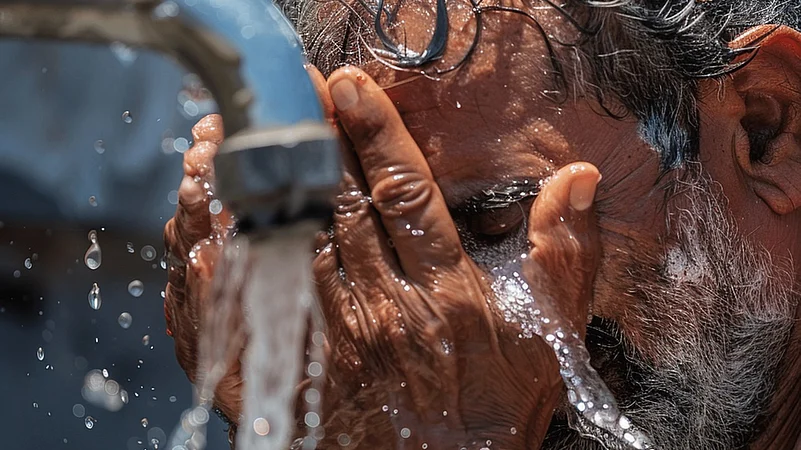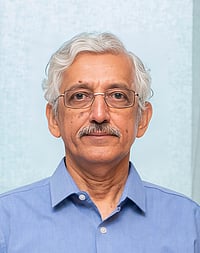The time has come to target the most vulnerable population, like rickshaw pullers, street vendors, farmers, truck drivers, elderly, children and those with pre-existing health conditions, said Mrutyunjay Mohapatra, director general, Indian Meteorological Department (IMD) at the India Heat Summit 2025 held in New Delhi on May 27 organized by Climate Trends, a research consultancy.
He said, “Mortality has reduced in the past years but morbidity is still there. The time has come to reach everyone to minimize morbidity.”
Alerting about the evolving issues related to heatwave, Mohapatra said, “Heatwave conditions, once limited to North and Central India, are now spreading to regions like Tamil Nadu, Kerala and Karnataka where they were previously absent. Last year, deaths occurred in Rajasthan due to persistent heatwave conditions. It is unusual as people in the state did not die due to heatwave as they are accustomed to that climate. The population has to be sensitized, and action plan has to be prepared.”
Due to climate change, the impact of heatwave has worsened but there has been considerable progress in the reduction of the mortality rate. Mohapatra said, “In 1998 and again in 2015, nearly 2,000 people lost their lives due to extreme heat. While high temperatures persist, fatalities have decreased substantially to single- or double-digit.”
This has happened due to better planning, early warning systems, preparedness, prevention and mitigation measures, he said.
IMD DG said, “Our forecast accuracy has significantly improved. Day 1 forecast accuracy for heatwaves is now around 90%, compared to just 60% a decade ago, and day 5 forecasts now achieve 60% accuracy.
The reasons, as stated by Mohapatra, are increased investment and improvement in observation systems, modeling systems and data dissemination including the common alerting protocol (CAP) that allows real-time delivery of warnings across agencies.
On May 26, IMD adopted the Bharat Forecast System, which promises more accurate rain forecasts down to the panchayat level. “India is the only country that will now provide operational weather forecasts at a 6 km by 6 km resolution. This is useful because there can be important weather variations even within a block,” Mohapatra of IMD had said.



























